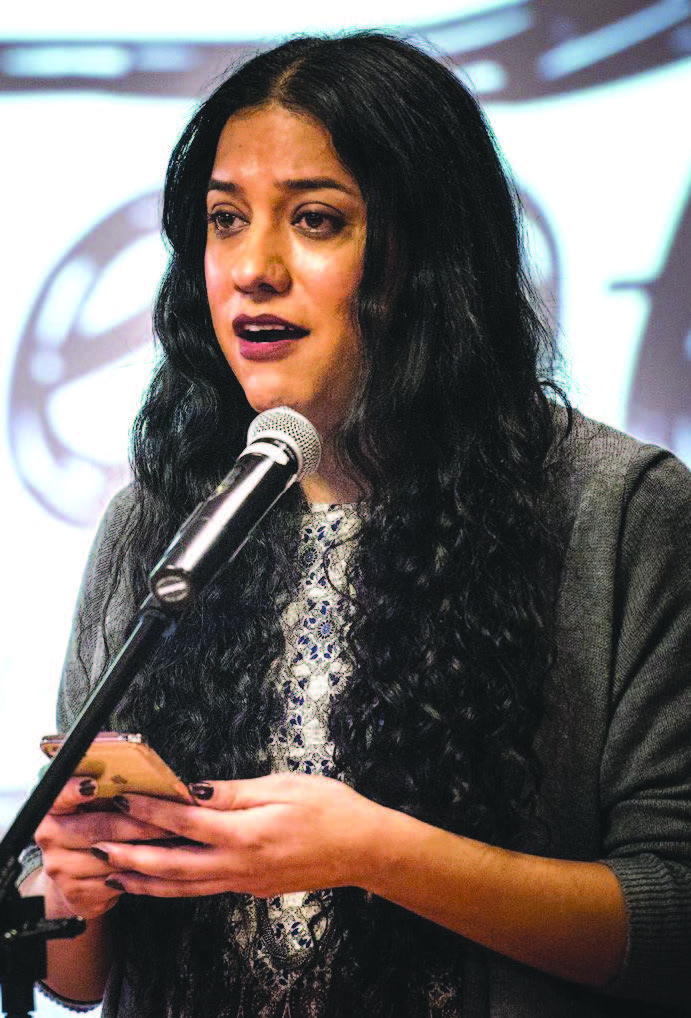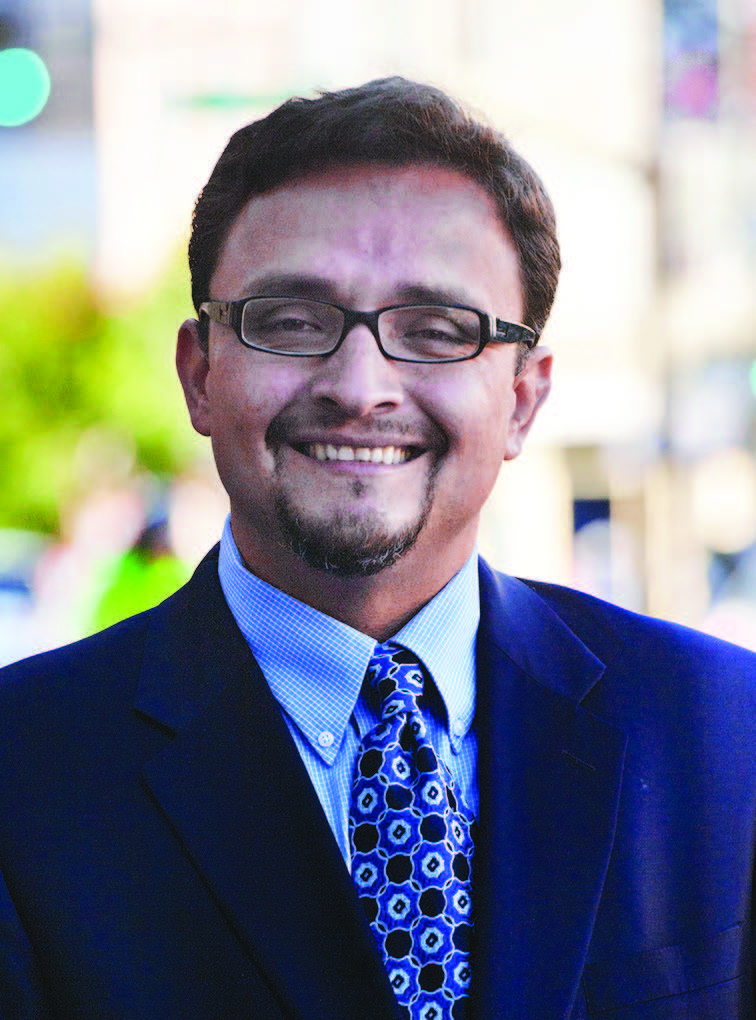By Lyndsey Schlax
(Editor’s Note: San Francisco Bay Times columnist Lyndsey Schlax is a teacher at the Ruth Asawa San Francisco School of the Arts. Her groundbreaking LGBT Studies class, launched last year, will soon be expanding to other schools. She also teaches a popular Racial Studies class. We congratulate Schlax, who will receive a Harvey Milk Club Community Ally Award during the club’s upcoming 40th Anniversary Dinner & Gayla. Congratulations to the other honorees as well.)
A central tenet of my LGBTQ Studies class is that allyship is not an identity or a destination; it’s a set of actions, a commitment to beliefs, and the continued intent to seek out ways to work in solidarity with a person or a group of people towards their goals. Most of the students who will take this class will be allied in some way with the LGBTQ community, so this is an important starting point for the work that we do together.
It’s a tricky concept though, and students have had many questions: “Can I still call myself an ally, if that’s not something a person can actually be?” “If I am not an ally when I stand with trans youth and demand gender neutral bathrooms, when am I?” “If I am not an ally when I don’t speak on the National Day of Silence, what am I?” “How do I make clear my commitment to helping and standing with others, if it’s not a part of my identity?” “Can I be an ally and a queer person at the same time?”
As a teacher, I struggled as well. What examples and histories can I show students to help them understand this concept clearly? It’s hard enough to teach a new understanding of a well-known word; adding in abstraction makes it even more challenging.
Luckily, San Francisco has many people and groups who actually have practiced allyship and advocacy for decades, and their history of taking action to help those who are marginalized creates a wonderful set of examples for us to look to. One of those storied groups has even advocated for our fledgling LGBTQ Studies course, taking the concept from academic to personal and relevant (and if you’ve ever talked to me about education, you know that relevancy is a cornerstone of my teaching).
The Harvey Milk LGBT Democratic Club, founded in 1976 as the San Francisco Gay Democratic Club, has spent the last forty years backing progressive politicians and issues. They supported Harvey Milk when other clubs were reluctant, and renamed themselves in his honor after his assassination in 1978. They have advocated for queer voices in San Francisco without apology, and with inclusion of many other identities and needs. Their bylaws specifically lay out an intent to work in coalitions with racial and ethnic minorities and the Feminist Movement to move towards economic and social justice for all people.
Their history of allyship to students began early, with the creation of some of the first safe-sex educational materials. It continued with support of LGBT representation on the School Board, and now is found in their enthusiastic engagement with LGBTQ Studies in SFUSD. They sponsored us at film events, showed student work at the Castro Theatre, hosted panel discussions centering on outreach and continued support, and now are recognizing the work that has gone into this class by honoring Board President Matt Haney and I with their “Community Ally” award at their 40th Anniversary Gayla on August 11.
It is a distinct pleasure to know such committed and caring people, and to have such powerful advocates for our schools and students, most especially those who identify as LGBTQ+. Thank you, Harvey Milk Club, for being a shining example of allyship as action.

Recent Comments